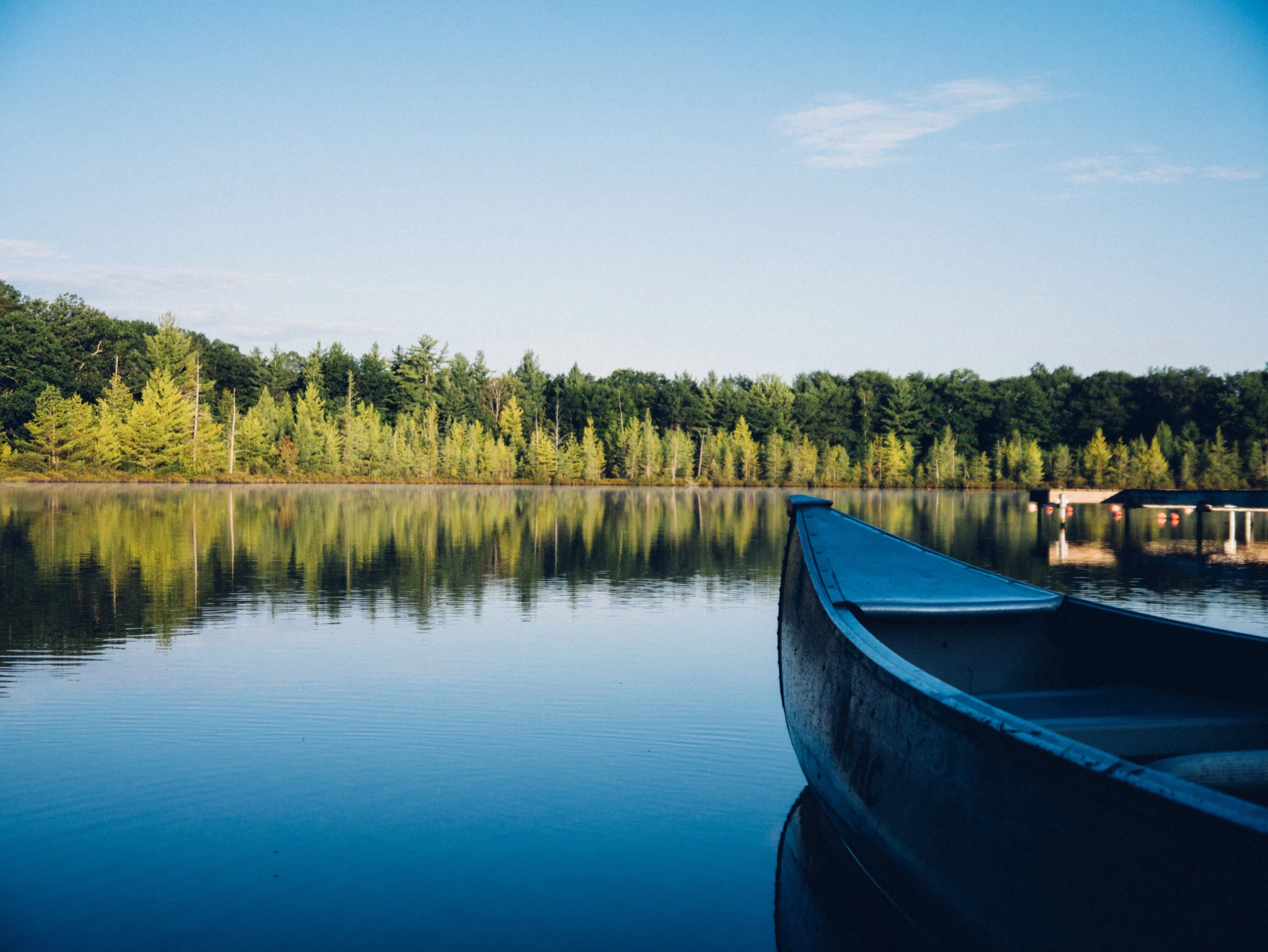
Best Walleye Lures & Baits
- Jigs with twistertails in white, yellow, black, blue and sometimes green
- Worm Harnesses
- Floating Rapalas or Junior Thunder Sticks
- Small floating jointed Rapalas
- Wally Divers in deeper water
- Down Deep Husky Jerks in open water
- Spinners
- Live or salted minnows
Let us help plan your next fishing adventure!
We can accommodate singles, families, or groups with up to 10 people in one cabin.
Catching Walleye in Spring
In the spring, Walleyes are either in a river current or right close to shore. When I say close to shore, I mean 5 to 10 feet from shore. In Northwestern Ontario Canadian shield lakes, the Walleyes that don’t spawn in the river will find sandy areas along the shore to spawn. By the time fishing season opens, most Walleyes are finished spawning but they will hang around to protect their spawning beds.
You can put on a light jig (1/8 oz) and cast along the shore and retrieve it quit aggressively as the Walleyes are very aggressive this time of year. Use bright colors like red, chartreuse, yellow, or white. Walleyes that are feeding will hit the jig. Walleyes that are not feeding will still hit bright colors because they are defending the spawning grounds and bright colors aggravate them.
In the daytime and in early spring, your will most likely catch smaller males, which stay at the spawning beds. The bigger females usually take off into deeper water during the day. You can still catch them if you fish deeper but you have a better chance catching a big trophy female up close to shore in early morning, evening or the first couple of hours after dark.
How do you find that special spot along the shore where the Walleyes are congregating? In the spring, put on a small Original Floating Rapala or Thunderstick and troll really slow right along the shoreline. The Walleyes will be in 2 to 4 feet of water. Red, Blue, Chartreuse and Fire Tiger are the best colors in the spring. If you keep trolling past a spot and hit Walleyes, then that’s where they are. In this case, stop the motor and start casing. Trolling back and forth too many times will spook the area and they will stop feeding.
Catching Walleye in Summer
In the summer the Walleyes go a little deeper, hang out at the mouth of rivers or lay off rocky points. Islands that have patches of gravel around them are good spots. Rocky drop-offs are also good. With lakes that have a flat structure, the Walleyes will head into the thick weeds to get protection from the sun.
In the summer, Walleyes tend to go after more natural colors like silver, brown, black and white. When fishing with jigs, you can go to a heavier jig like a 3/8 oz or even 1/4 oz depending on how deep you are fishing. The twistertails or rubber you put on the jig should be these natural colors. Live minnows, if allowed, are excellent whether on a jig or just a strait hook. If you are doing a fly-in or fishing on a lake where you can not use live bait, get some salted minnows. We use to catch minnows and then cure them with salt. It seems a little cruel but it’s convenient and the Walleyes go nuts over them. Just put a bunch of minnows on a cookie sheet and cover them with a generous amount of table salt.
Catching Walleye in Fall
Fishing in the fall for Walleyes can be very frustrating. What happens in many lakes is the water cools down and the weeds start to die. As the weeds die, they absorb oxygen out of the water as then decompose. The Walleyes take off into open water or up rivers.
Rivers
The Walleyes will swim up stream and hang around deep pools or back moving currents on either side of a rapids. When fishing in a river for Walleyes, the best thing to use is a float with a minnow or a worm. You can also cast Rapalas and Thundersticks and reel them in through the slower moving current and back-eddies. You can use jigs but you will get snagged many times and it can ruin your day.
Open Water
In the fall, many of the Walleyes go out into open water and stay suspended. Generally (not always) they tend to stay in 10 to 30 foot of water. Many fishermen like to troll with the Rapala “Down Deep Husky Jerks” and the Rattling Fat Raps. This is not the most exciting type of fishing but it’s better then nothing. If you are in an area where there is a good population of Walleyes, you should catch them. You will need a depth finder and see where you are marking fish. The atmospheric pressure will effect what depth the Walleyes are at. If the pressure goes really low, the Walleyes may stop feeding all together. BUT, if the pressure starts rising, the Walleyes will start feeding and aggressively. Walleyes always feed the best when the pressure is on the rise.
Medicine Stone Lake has a very high population of Lake Trout and they dominate the open lake. As a result, The Walleye tend to stay close to shore in the fall so it’s similar to fishing in the spring.
At night in the fall
Some of the really big females will come in close to shore at night, especially in the fall. Between 10:00 PM and 3:00 AM, try trolling with an Original Floating Rapala along the shore in 2 or 3 feet of water or troll past rocky shoals. Or put a worm or a minnow on a hook and cast off shore. This is a good way to fish if you have a fire going and a cooler full on ice cold beer.
